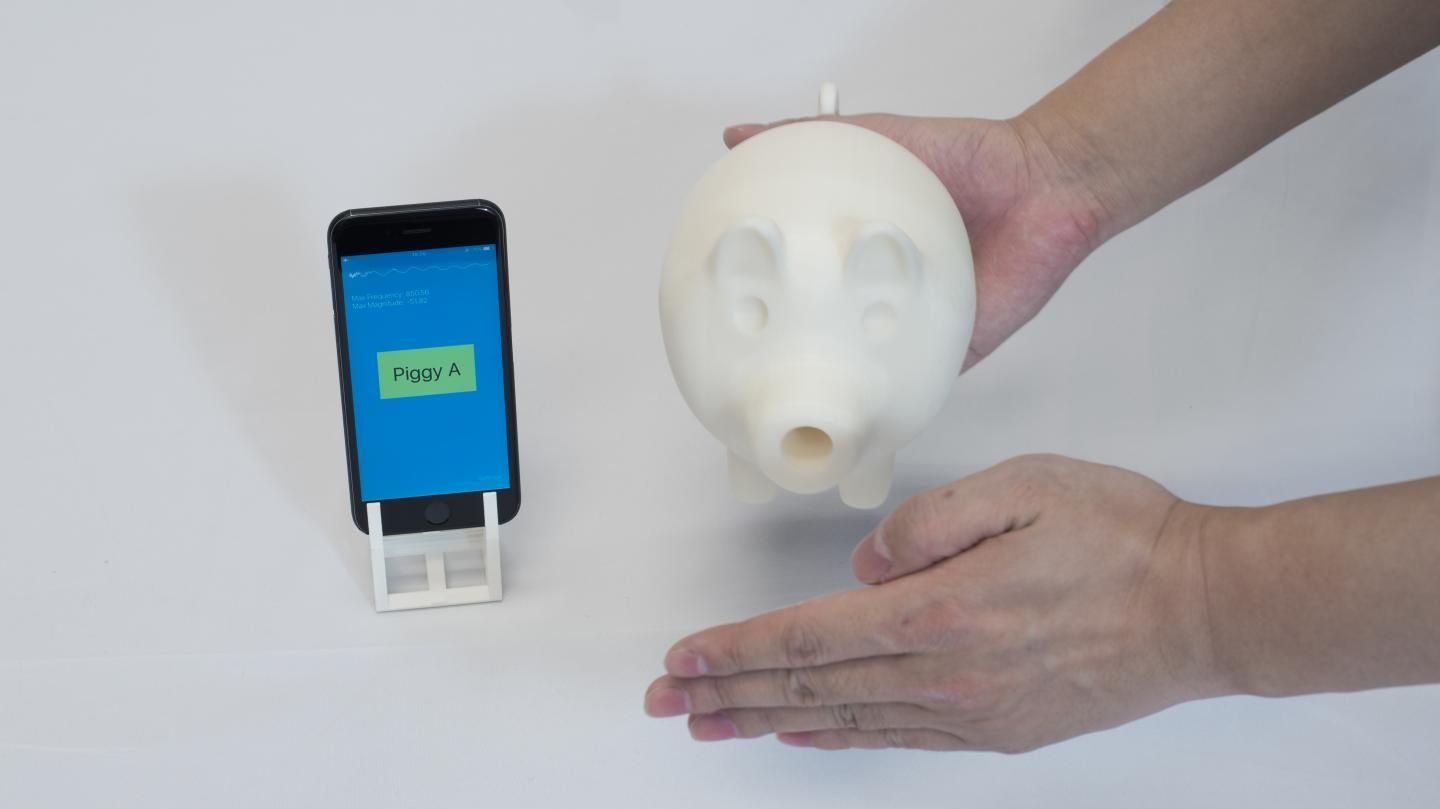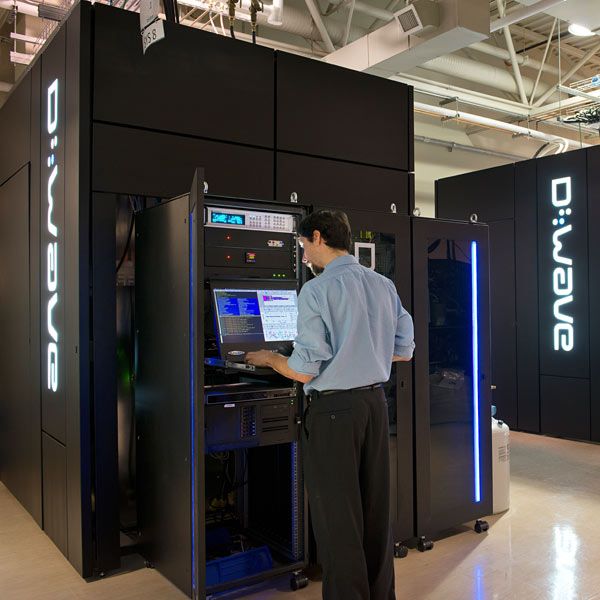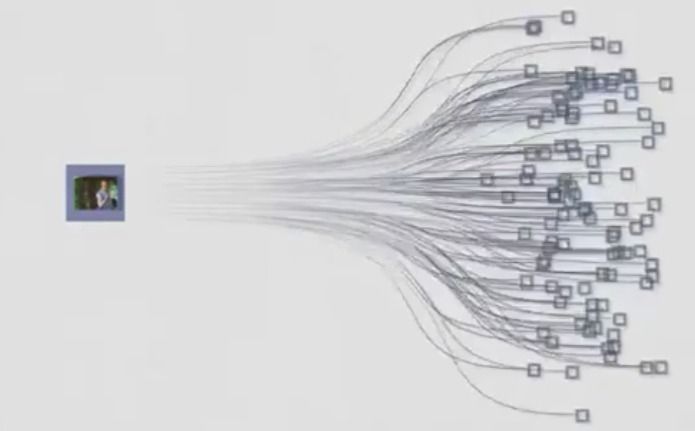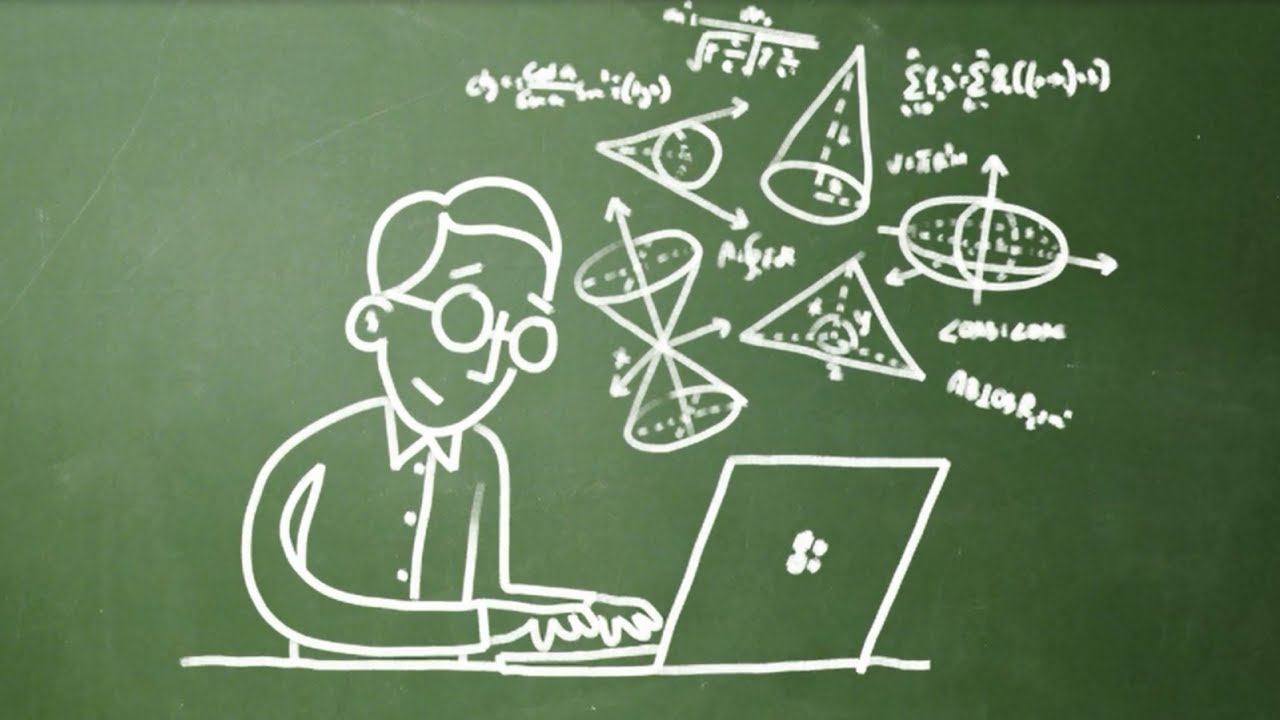
Columbia Engineering Professor Changxi Zheng’s new approach could lead to better tagging and coding, leveraging 3D printing of complex geometries.
New York — July 18, 2016 — Columbia Engineering researchers, working with colleagues at Disney Research and MIT, have developed a new method to control sound waves, using a computational approach to inversely design acoustic filters that can fit within an arbitrary 3D shape while achieving target sound filtering properties. Led by Computer Science Professor Changxi Zheng, the team designed acoustic voxels, small, hollow, cube-shaped chambers through which sound enters and exits, as a modular system. Like Legos, the voxels can be connected to form an infinitely adjustable, complex structure. Because of their internal chambers, they can modify the acoustic filtering property of the structure—changing their number and size or how they connect alters the acoustic result.
“In the past, people have explored computational design of specific products, like a certain type of muffler or a particular shape of trumpet,” says Zheng, whose team is presenting their paper, “Acoustic Voxels: Computational Optimization of Modular Acoustic Filters,” at SIGGRAPH 2016 on July 27. “The general approach to manipulating sound waves has been to computationally design chamber shapes. Our algorithm enables new designs of noise mufflers, hearing aids, wind instruments, and more — we can now make them in any shape we want, even a 3D-printed toy hippopotamus that sounds like a trumpet.” VIDEO: http://www.cs.columbia.edu/cg/lego/
Read more


















